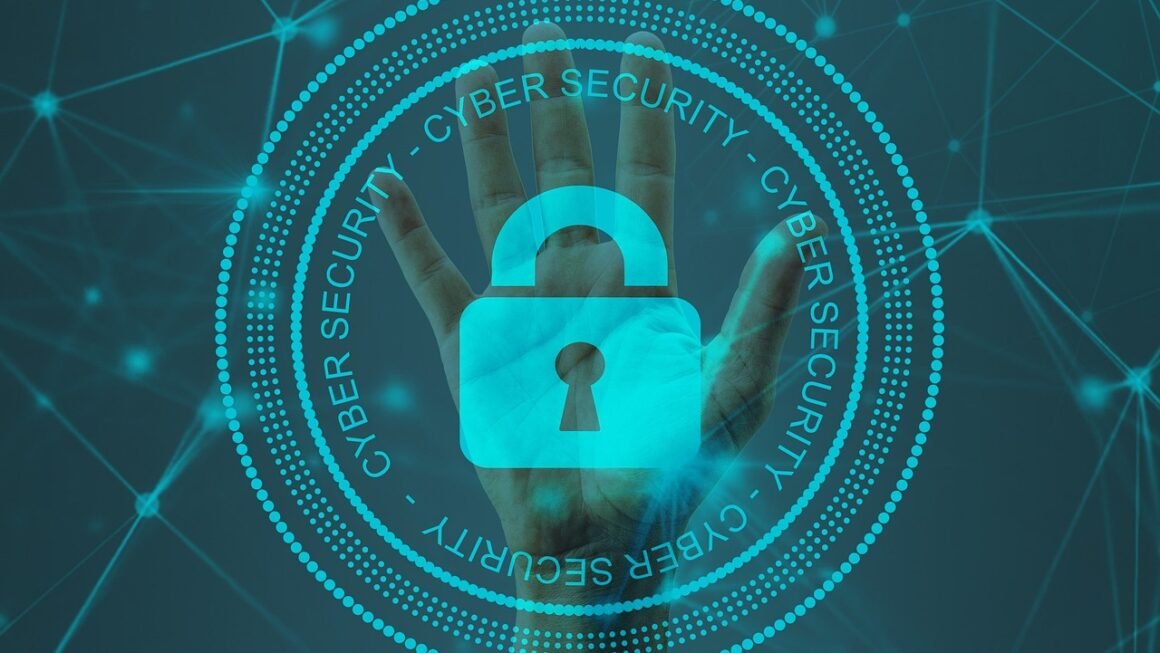Security breaches are a constant threat in today’s digital landscape. Organizations are increasingly reliant on complex IT infrastructures, creating numerous potential entry points for malicious actors. To effectively defend against these threats, businesses need advanced security solutions that can provide real-time visibility and proactive threat detection. This is where Security Information and Event Management (SIEM) systems come into play, offering a powerful approach to security management and incident response.
What is SIEM?
Definition and Core Functionality
SIEM stands for Security Information and Event Management. It’s a comprehensive security solution that combines security information management (SIM) and security event management (SEM) functionalities. At its core, a SIEM system collects and analyzes security data from various sources across an organization’s IT infrastructure. This data includes logs, events, and network traffic, which are then correlated to identify potential security threats and anomalies.
- Data Collection: Gathers security-related data from diverse sources like servers, network devices, applications, and cloud services.
- Data Correlation: Analyzes the collected data to identify patterns, anomalies, and potential security incidents.
- Alerting and Notification: Generates alerts and notifications when suspicious activities or security breaches are detected.
- Reporting and Compliance: Provides comprehensive reports for security analysis, compliance auditing, and regulatory requirements.
Key Benefits of Implementing a SIEM Solution
Implementing a SIEM solution offers numerous benefits that can significantly enhance an organization’s security posture:
- Real-time Threat Detection: Identifies and responds to security threats in real-time, minimizing the impact of potential breaches.
- Centralized Security Management: Provides a centralized platform for monitoring and managing security events across the entire IT infrastructure.
- Improved Incident Response: Enables faster and more effective incident response by providing detailed information about security incidents.
- Compliance Management: Helps organizations meet regulatory compliance requirements by providing audit trails and reporting capabilities.
- Enhanced Visibility: Offers comprehensive visibility into security events and activities, allowing organizations to identify vulnerabilities and weaknesses.
- Reduced Operational Costs: Automates security monitoring and analysis, reducing the workload on security teams and lowering operational costs.
- Example: Imagine a scenario where a user attempts to log in to a critical server multiple times with incorrect credentials, followed by a successful login from a suspicious IP address. A SIEM system would correlate these events and generate an alert, notifying the security team about a potential brute-force attack.
How SIEM Works
Data Collection and Normalization
The first step in the SIEM process is data collection. SIEM systems collect data from a wide range of sources, including:
- Security Logs: Operating system logs, application logs, and security device logs.
- Network Traffic: Network flow data, packet captures, and intrusion detection system (IDS) alerts.
- Endpoint Data: Endpoint detection and response (EDR) data, antivirus logs, and host-based intrusion prevention system (HIPS) alerts.
- Cloud Services: Logs and events from cloud platforms such as AWS, Azure, and Google Cloud.
Once the data is collected, it is normalized into a consistent format, making it easier to analyze and correlate. Normalization involves extracting relevant information from the raw data and mapping it to a standardized schema.
Correlation and Analysis
After normalization, the data is analyzed and correlated to identify potential security threats. SIEM systems use various techniques for correlation and analysis, including:
- Rule-based Correlation: Predefined rules that trigger alerts when specific events or patterns are detected.
- Statistical Analysis: Anomaly detection techniques that identify deviations from normal behavior.
- Behavioral Analysis: User and entity behavior analytics (UEBA) that profiles user and entity behavior to detect suspicious activities.
- Threat Intelligence Integration: Integration with threat intelligence feeds to identify known malicious IP addresses, domains, and malware signatures.
Alerting and Incident Response
When a potential security threat is detected, the SIEM system generates an alert and notifies the security team. The alert typically includes detailed information about the incident, such as the source of the event, the affected systems, and the severity of the threat. Security teams can then use this information to investigate the incident and take appropriate actions to contain and remediate the threat.
- Example: A SIEM system detects a sudden spike in outbound network traffic from a server to an unknown IP address. The system correlates this with a recent phishing email campaign targeting employees. An alert is generated, and the security team investigates, discovering a compromised user account being used to exfiltrate sensitive data.
Choosing the Right SIEM Solution
Key Considerations
Selecting the right SIEM solution is crucial for ensuring effective security management. Organizations should consider the following factors when choosing a SIEM solution:
- Scalability: The SIEM solution should be able to scale to accommodate the growing volume of security data.
- Data Sources: The solution should support a wide range of data sources, including logs, events, network traffic, and cloud services.
- Correlation Capabilities: The solution should offer advanced correlation capabilities, including rule-based correlation, statistical analysis, and behavioral analysis.
- Threat Intelligence Integration: The solution should integrate with threat intelligence feeds to identify known malicious threats.
- Reporting and Compliance: The solution should provide comprehensive reporting and compliance capabilities.
- Ease of Use: The solution should be easy to use and manage, with a user-friendly interface and intuitive workflows.
- Cost: The solution should be cost-effective and provide a good return on investment.
Deployment Options: On-Premise vs. Cloud-Based
Organizations have two main deployment options for SIEM solutions: on-premise and cloud-based.
- On-Premise SIEM: Deployed and managed within the organization’s own data center. Provides greater control over data and infrastructure but requires significant upfront investment and ongoing maintenance.
- Cloud-Based SIEM: Hosted and managed by a third-party provider in the cloud. Offers scalability, cost-effectiveness, and reduced maintenance burden. Requires careful consideration of data security and compliance requirements.
- Tip: Before making a decision, conduct a thorough assessment of your organization’s security needs, budget, and technical capabilities to determine the best deployment option.
Implementing and Managing a SIEM Solution
Best Practices for Implementation
Implementing a SIEM solution requires careful planning and execution. Here are some best practices for a successful implementation:
- Define Clear Objectives: Clearly define the goals and objectives of the SIEM implementation, such as improving threat detection, enhancing incident response, or meeting compliance requirements.
- Identify Data Sources: Identify all relevant data sources that need to be integrated with the SIEM system.
- Develop Use Cases: Develop specific use cases that the SIEM system will be used to address, such as detecting malware infections, identifying insider threats, or preventing data breaches.
- Configure Correlation Rules: Configure correlation rules to detect specific security threats and anomalies.
- Test and Tune: Test and tune the SIEM system to ensure that it is accurately detecting threats and minimizing false positives.
- Train Security Team: Provide training to the security team on how to use the SIEM system and respond to security incidents.
Ongoing Management and Maintenance
Once the SIEM solution is implemented, ongoing management and maintenance are essential to ensure its effectiveness. This includes:
- Monitoring SIEM Performance: Regularly monitor the performance of the SIEM system to ensure that it is functioning properly.
- Updating Correlation Rules: Continuously update correlation rules to address new and emerging threats.
- Reviewing Alerts: Regularly review alerts generated by the SIEM system to identify and respond to security incidents.
- Analyzing Security Data: Analyze security data collected by the SIEM system to identify trends and patterns.
- Staying Updated: Keep the SIEM system up to date with the latest security patches and updates.
- Example: Regularly review the SIEM’s performance metrics, such as data ingestion rates and alert generation times. If ingestion rates are consistently high, investigate potential bottlenecks in data collection or normalization. If alert fatigue is a problem, fine-tune correlation rules to reduce false positives.
Conclusion
SIEM solutions are essential tools for modern security management. By providing real-time threat detection, centralized security management, and improved incident response, SIEM systems help organizations protect their valuable assets and data from cyber threats. Choosing the right SIEM solution and implementing it effectively are crucial steps towards building a robust security posture. Organizations should carefully consider their specific needs and requirements when selecting and deploying a SIEM solution. With proper implementation and ongoing management, a SIEM system can significantly enhance an organization’s ability to detect, respond to, and prevent security incidents.



